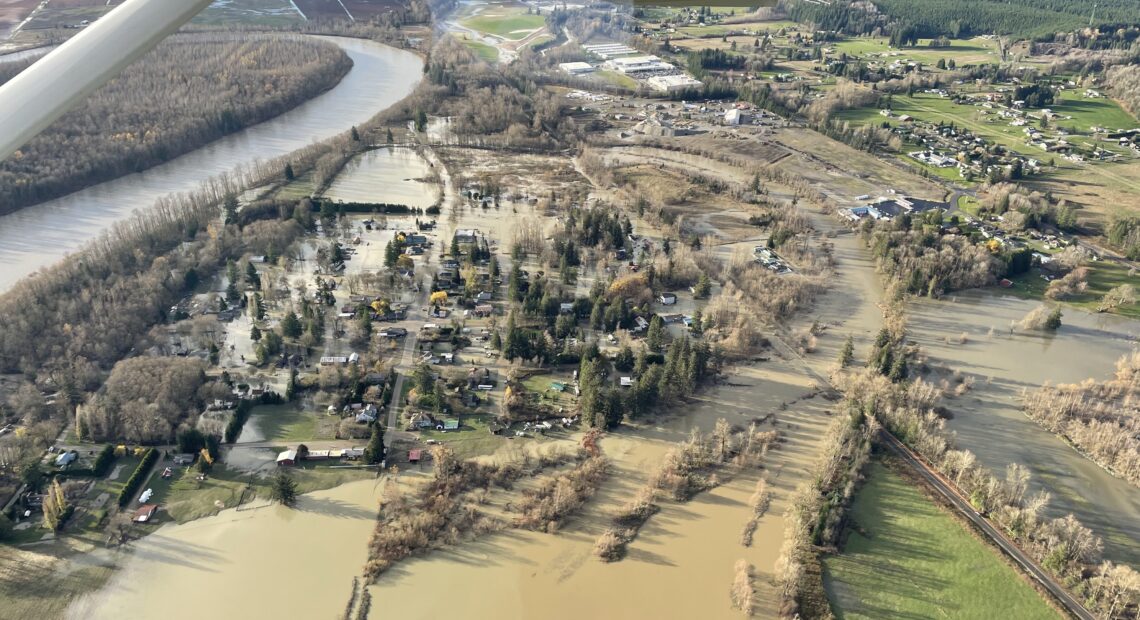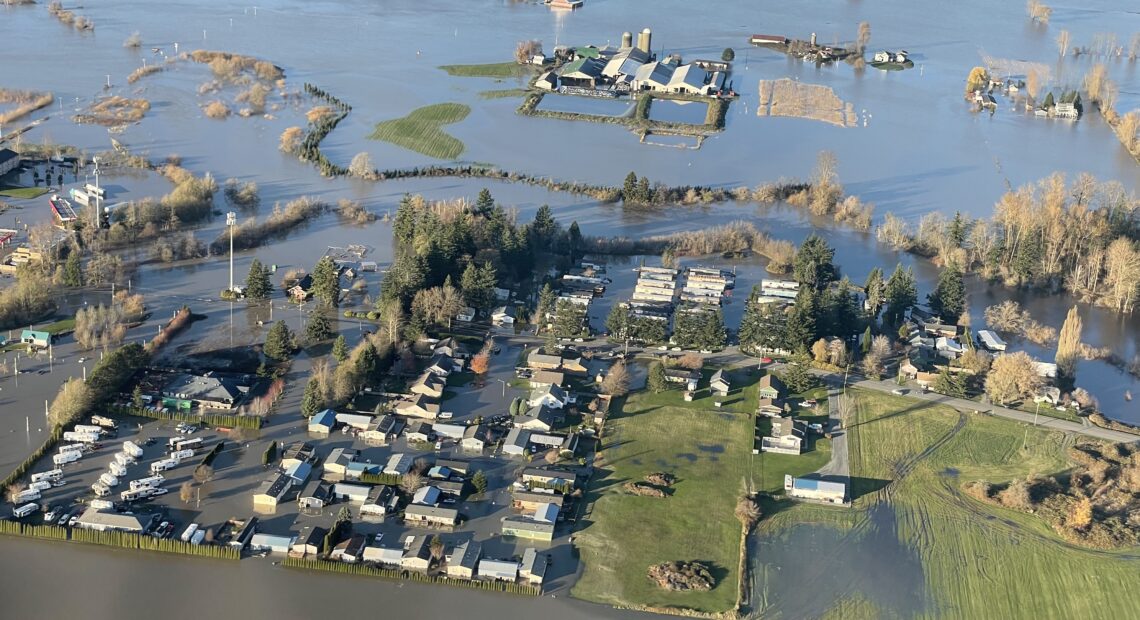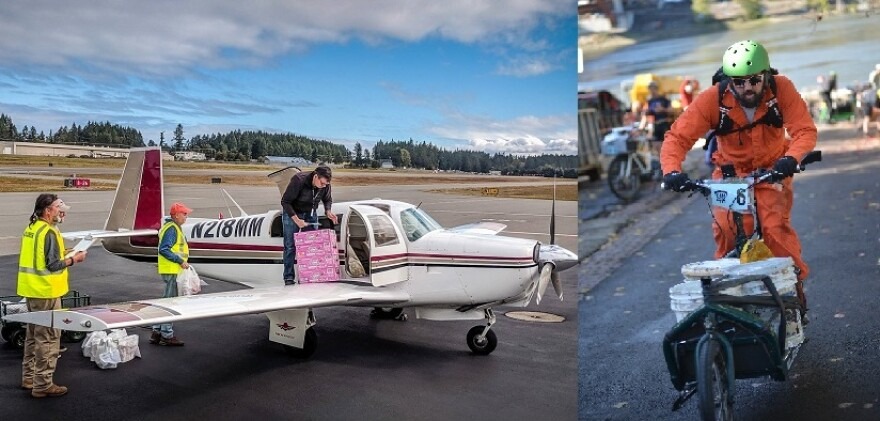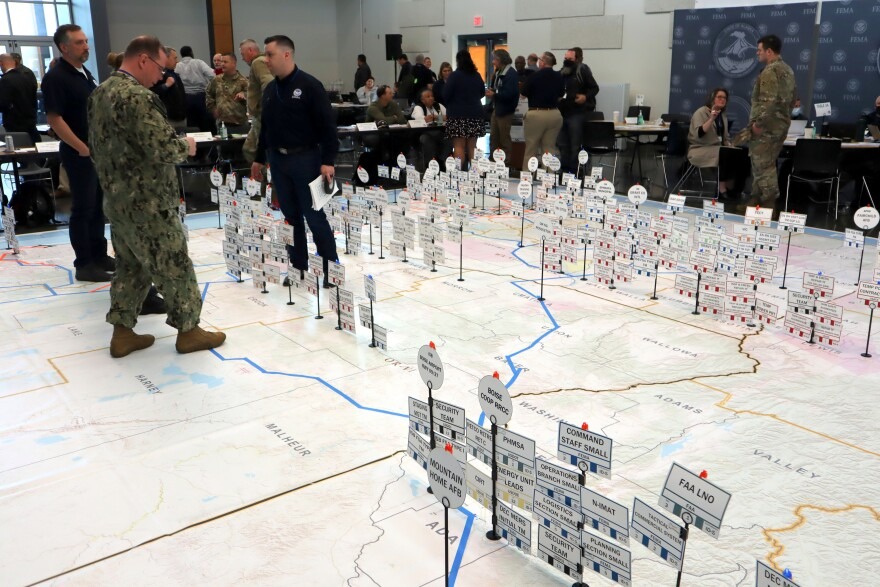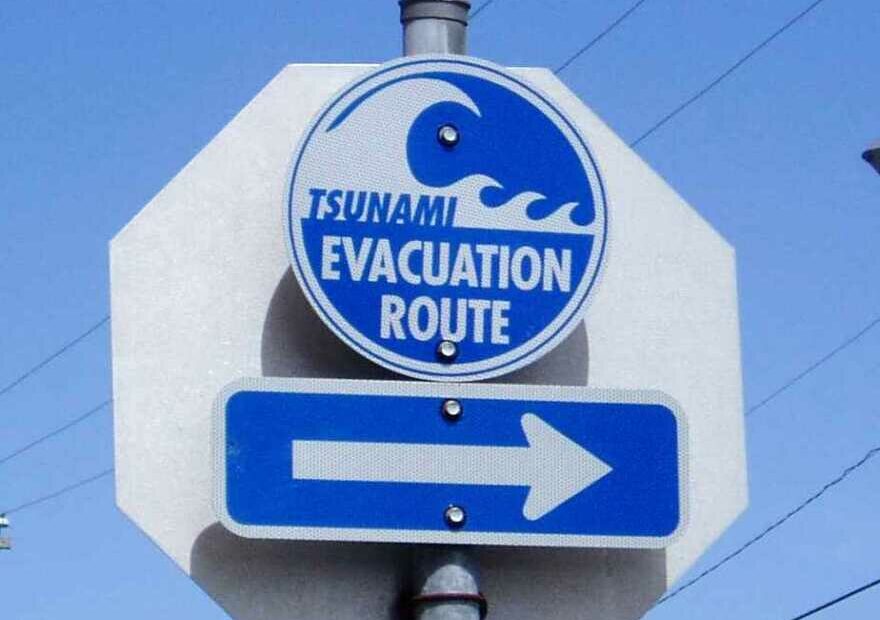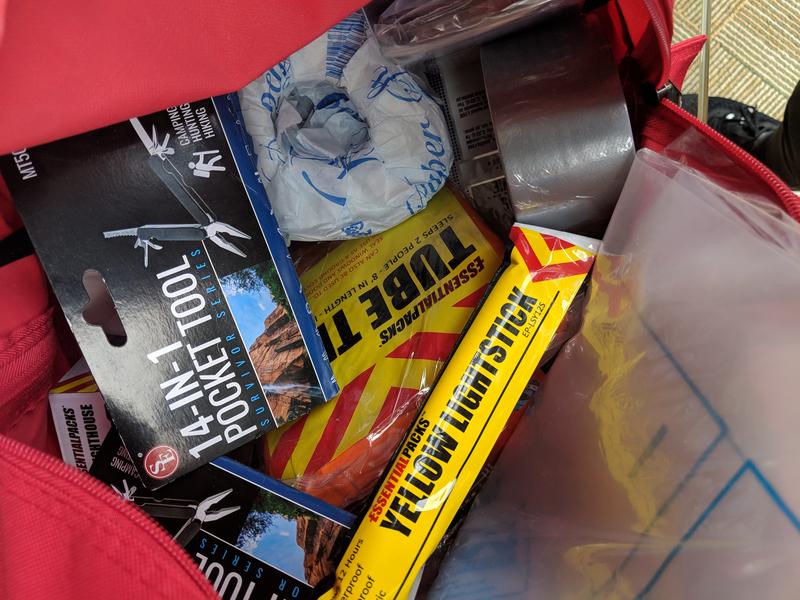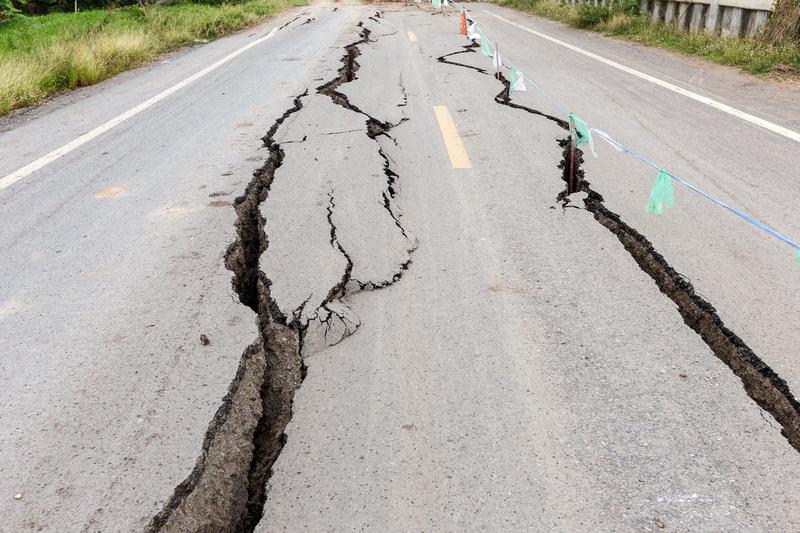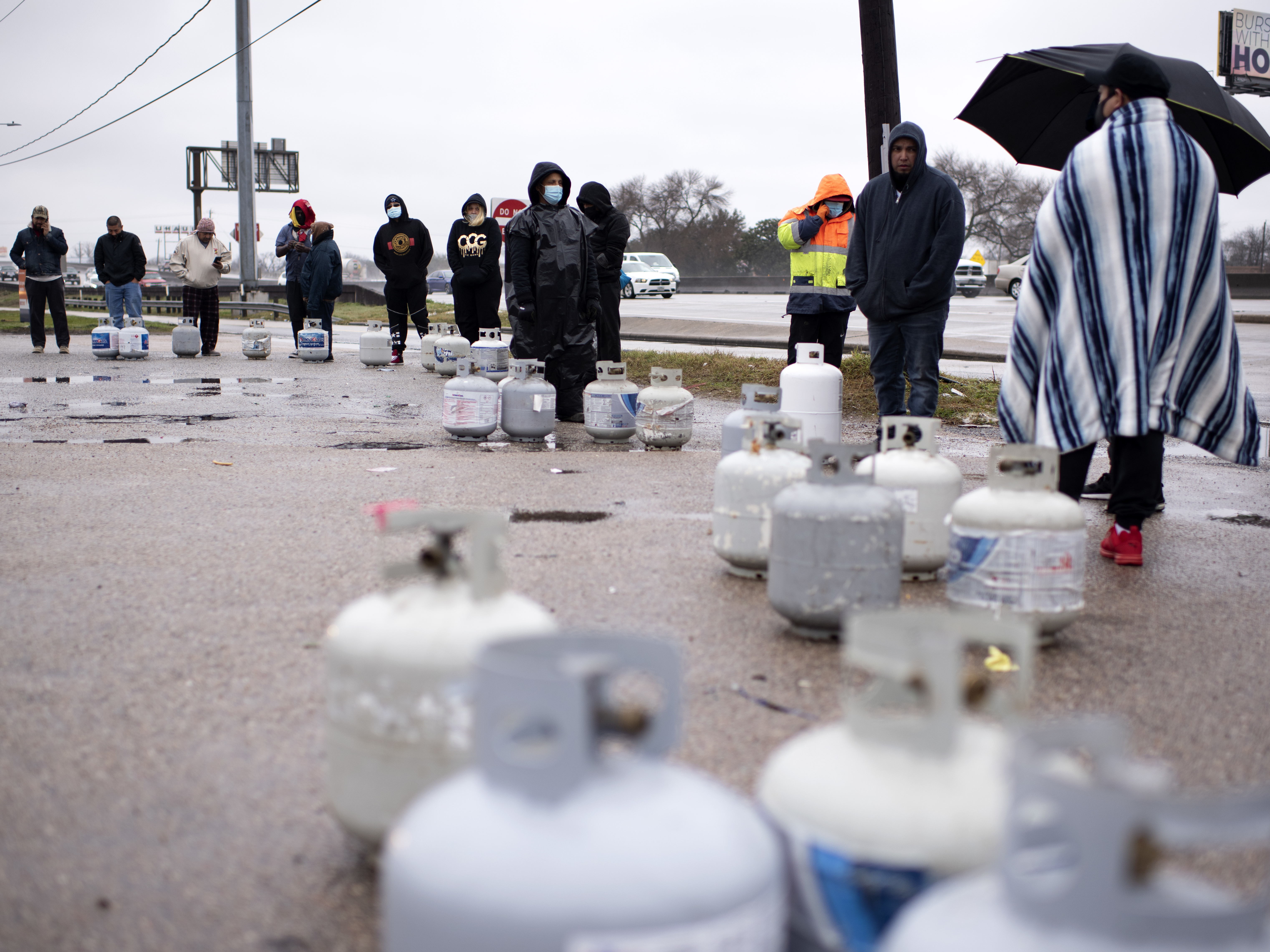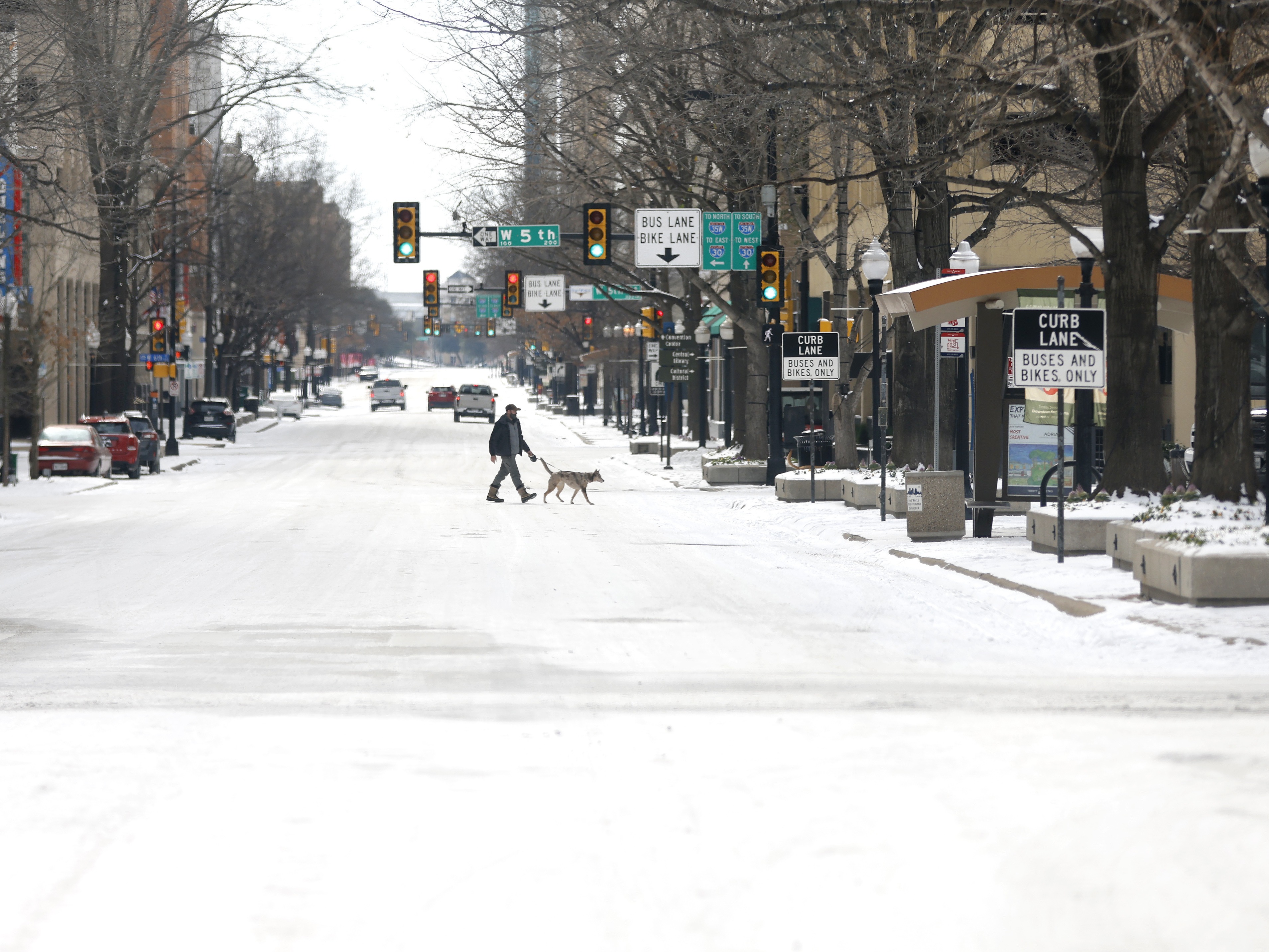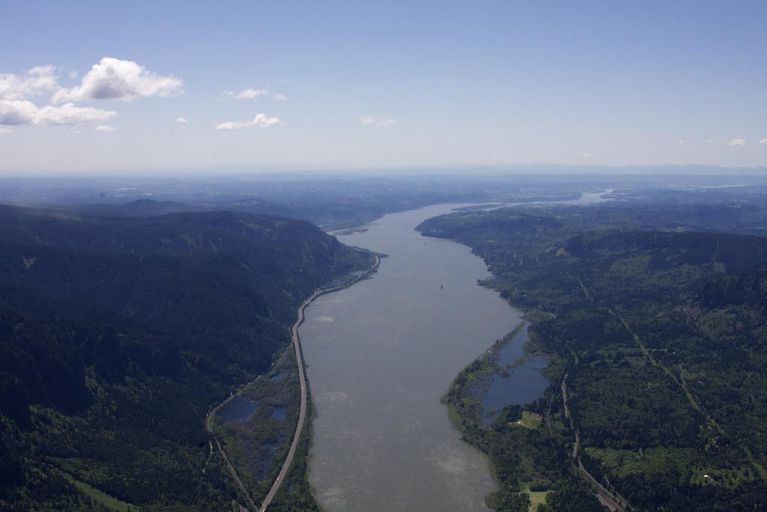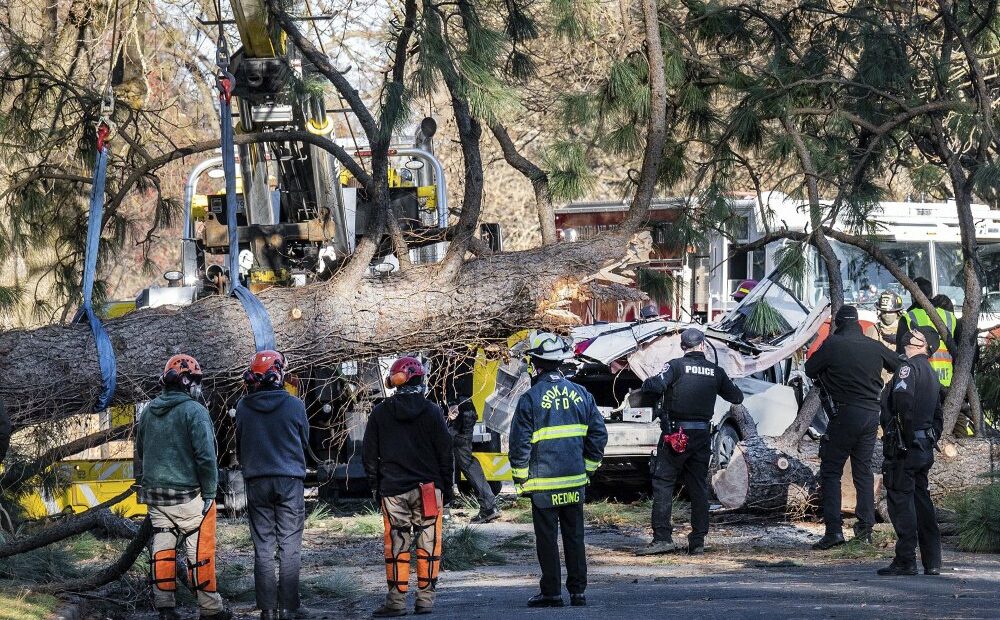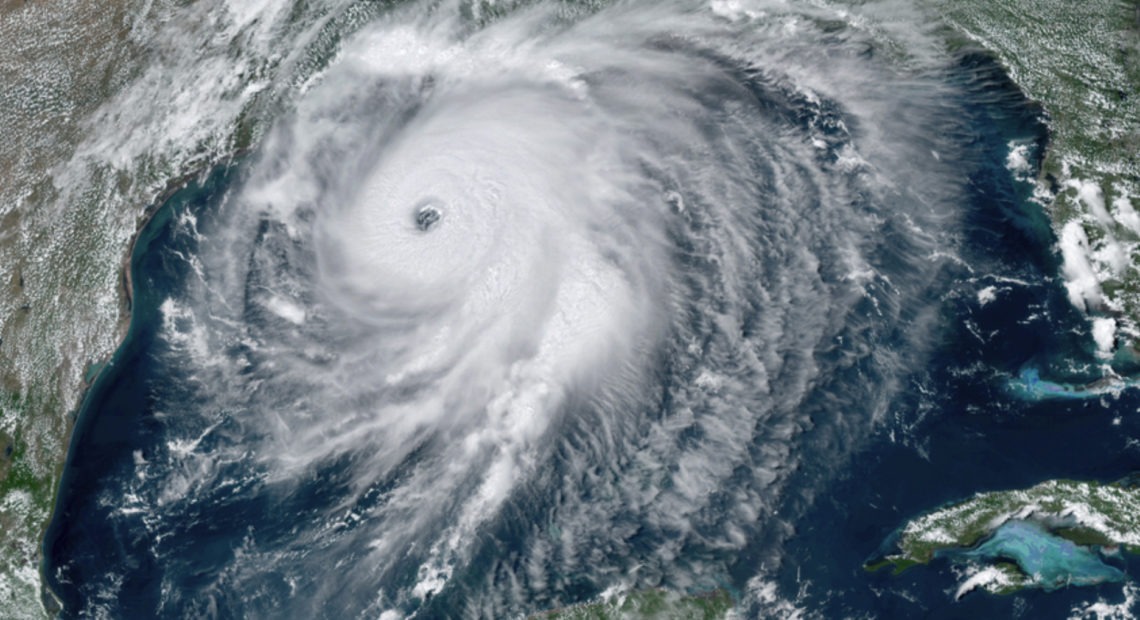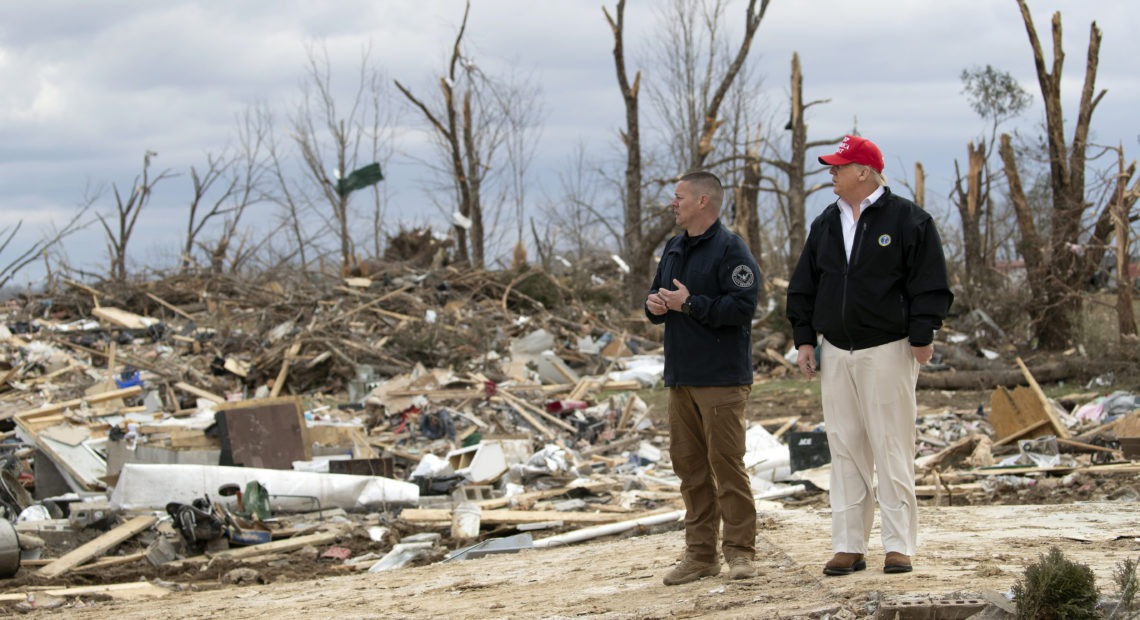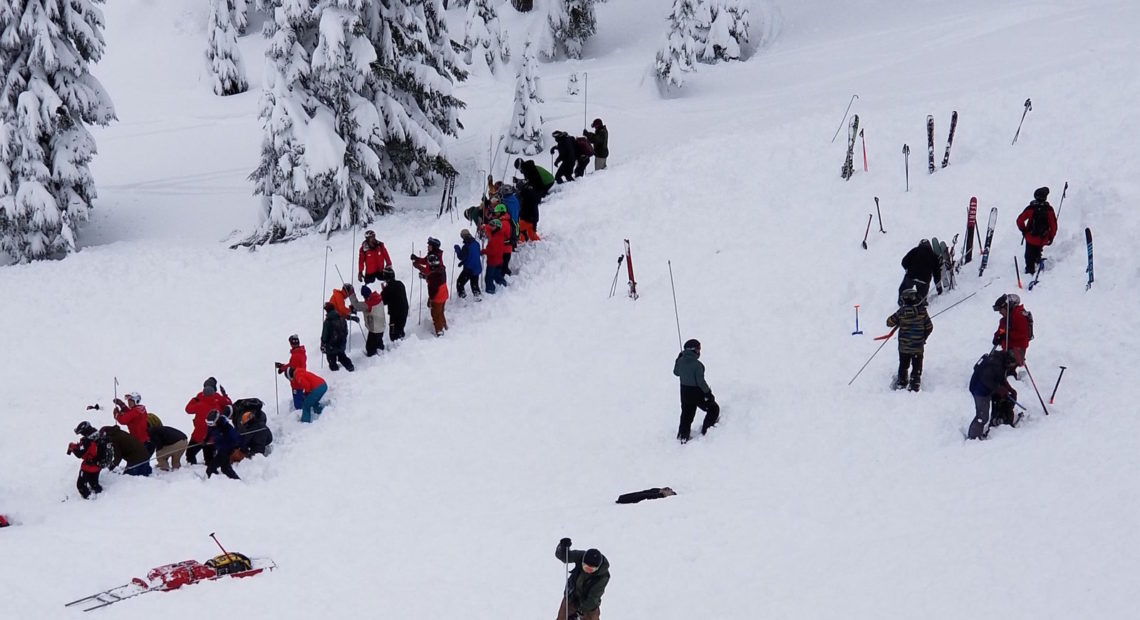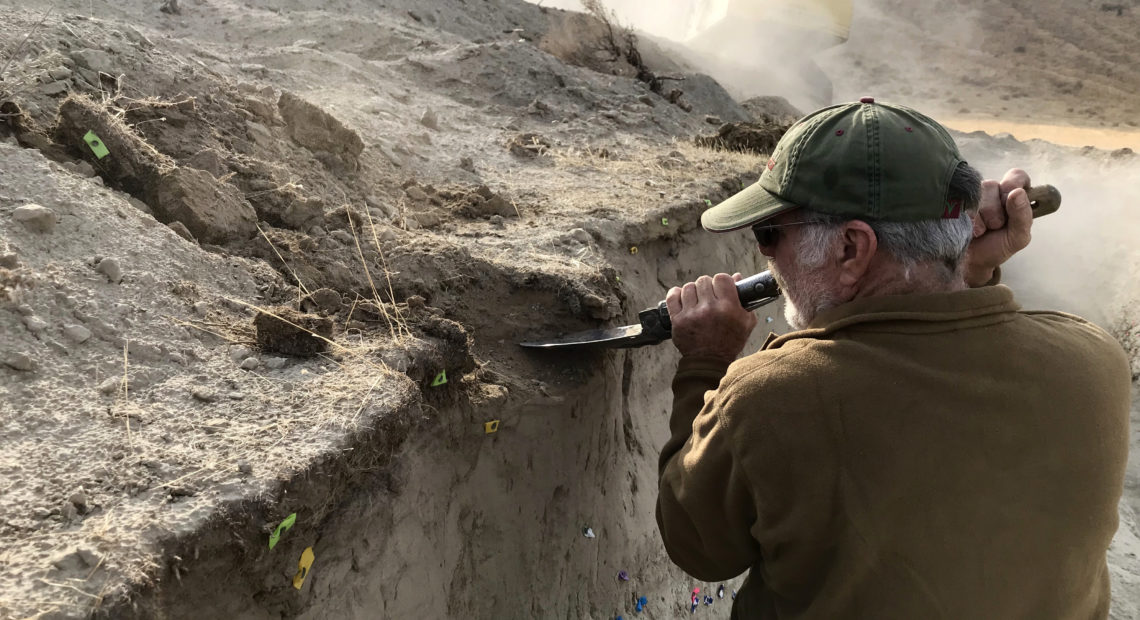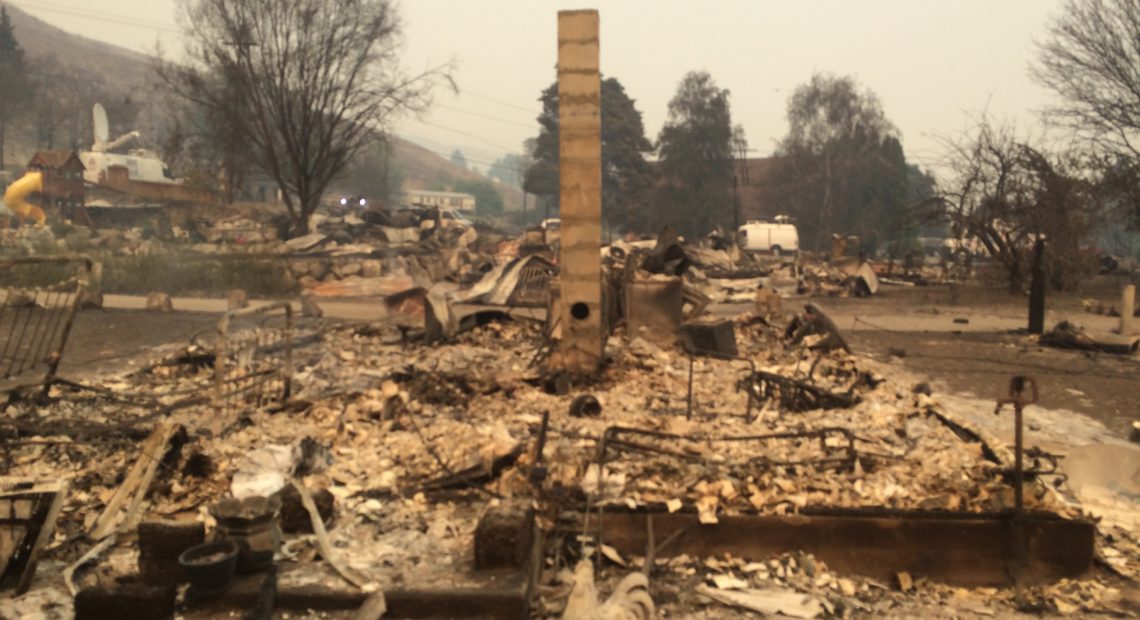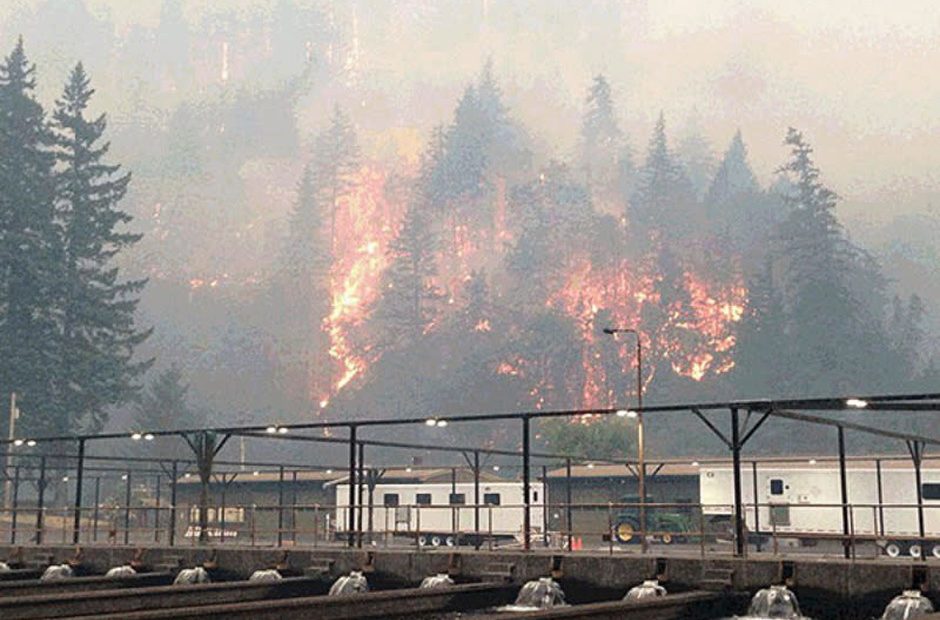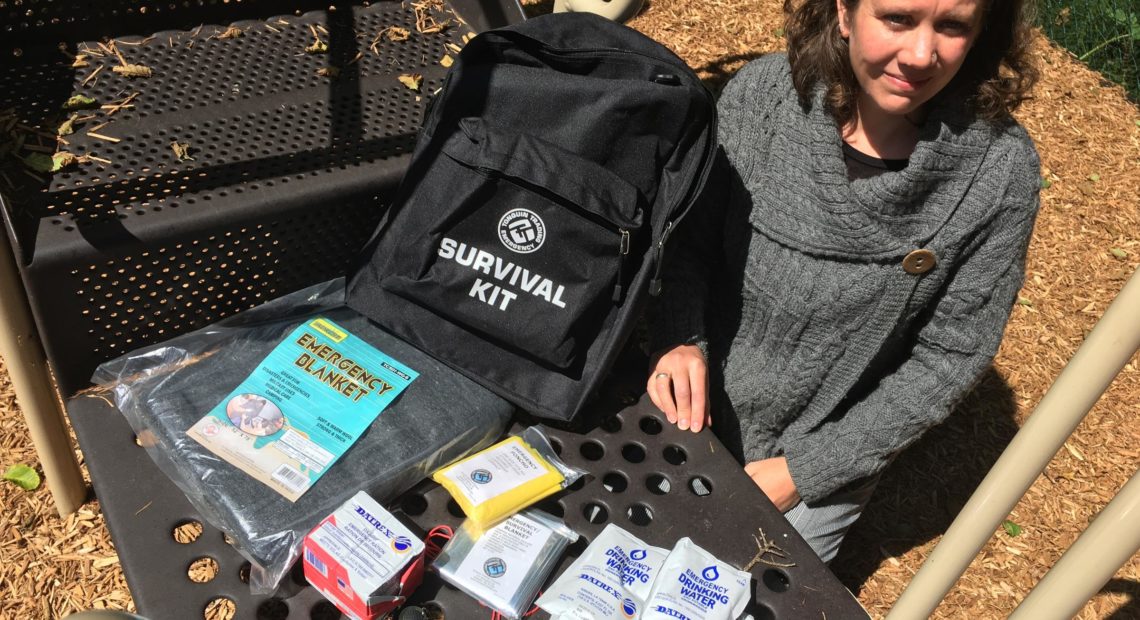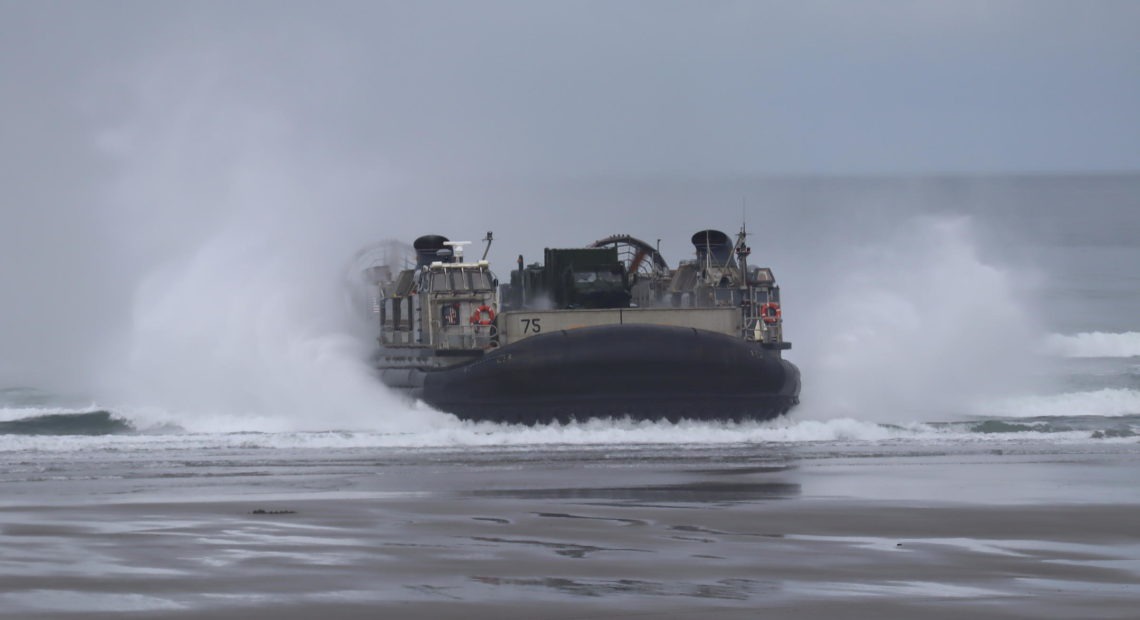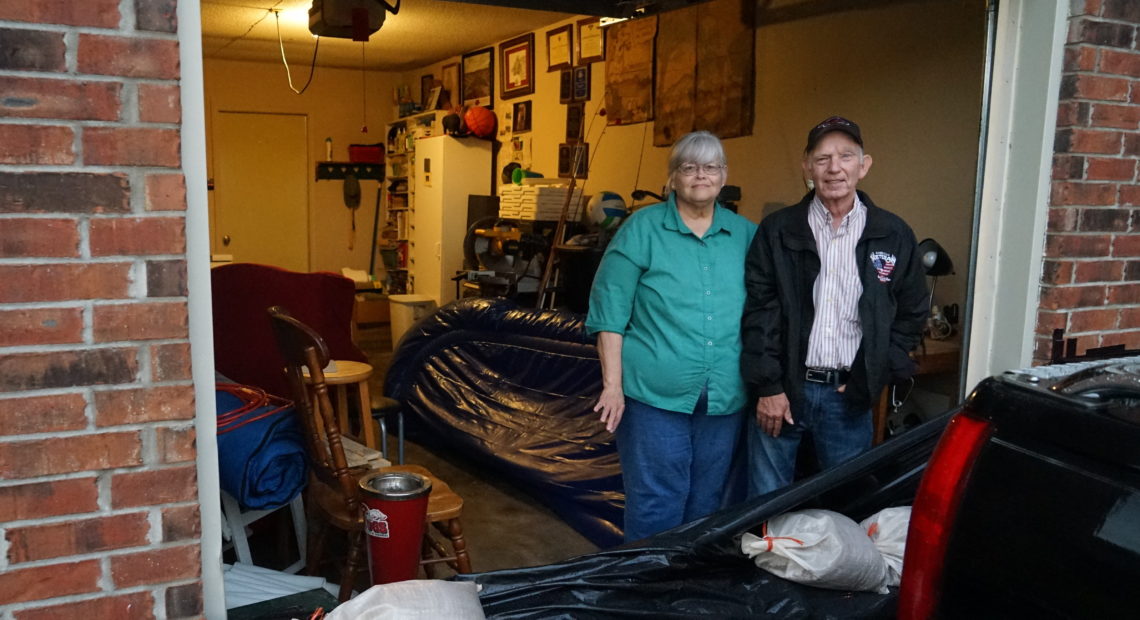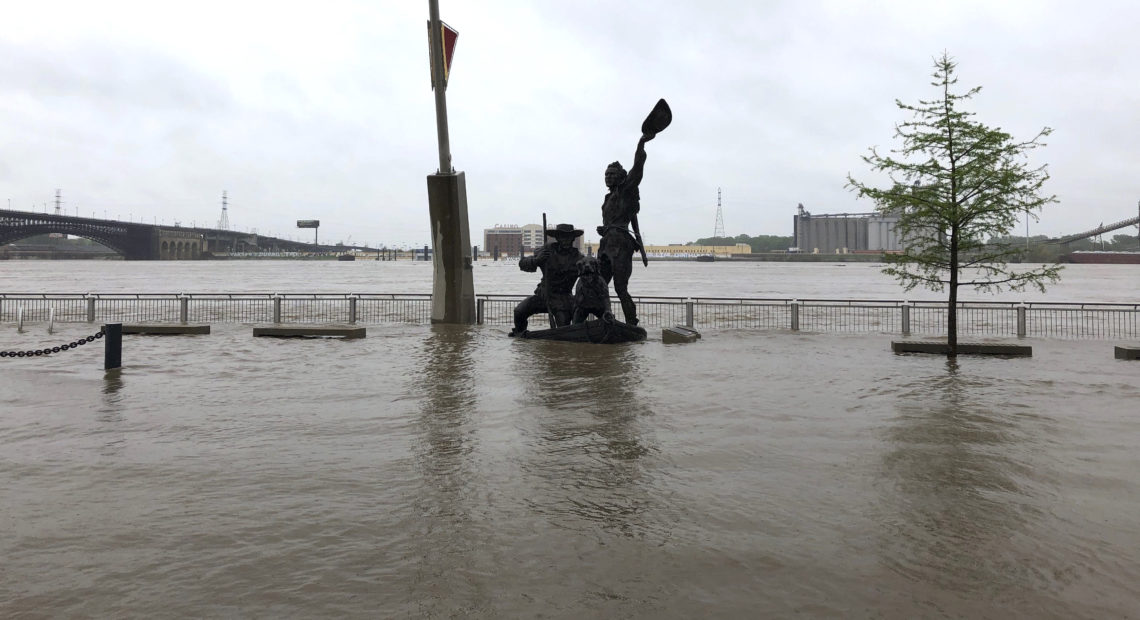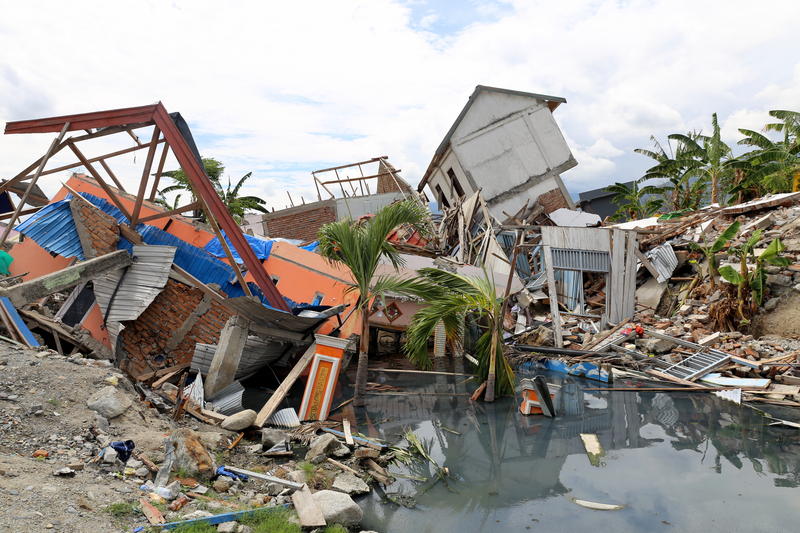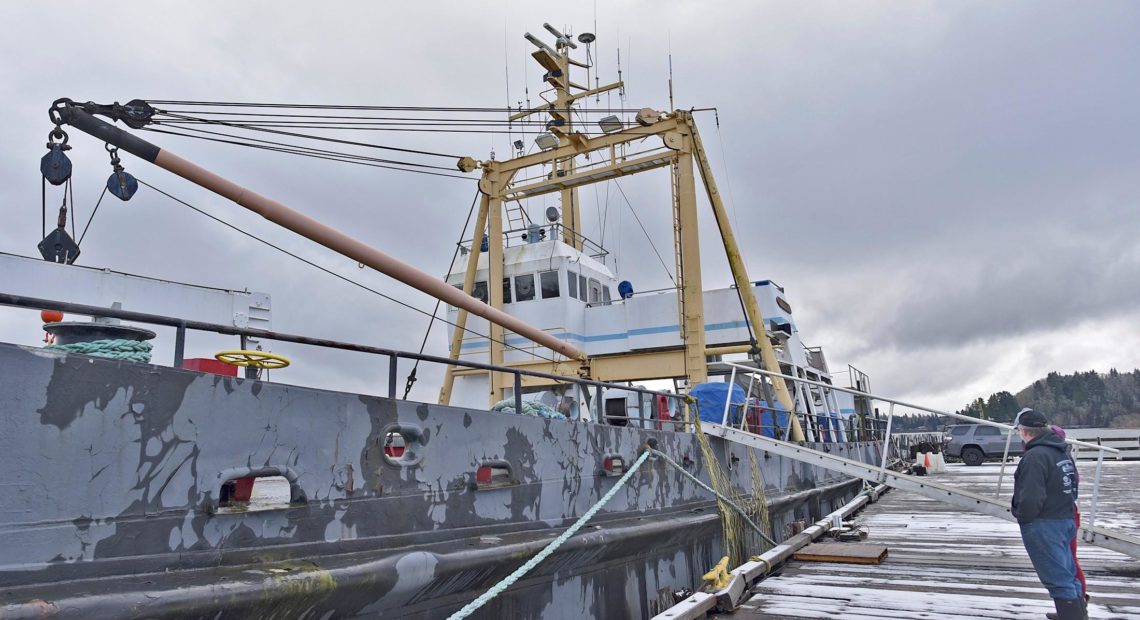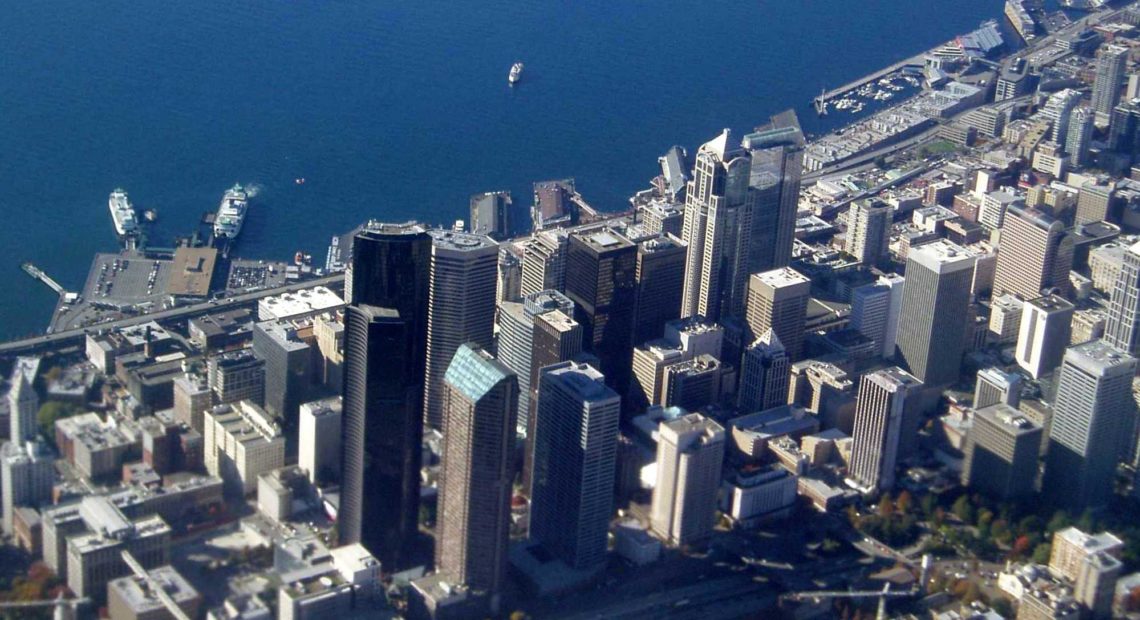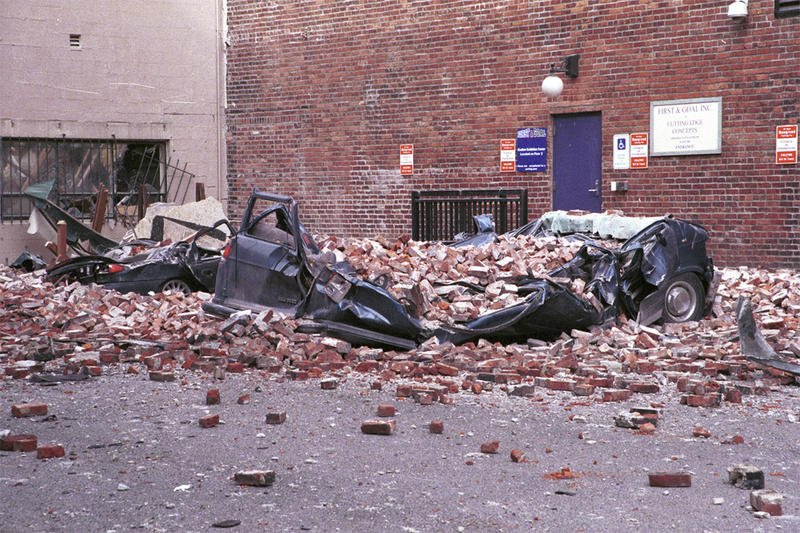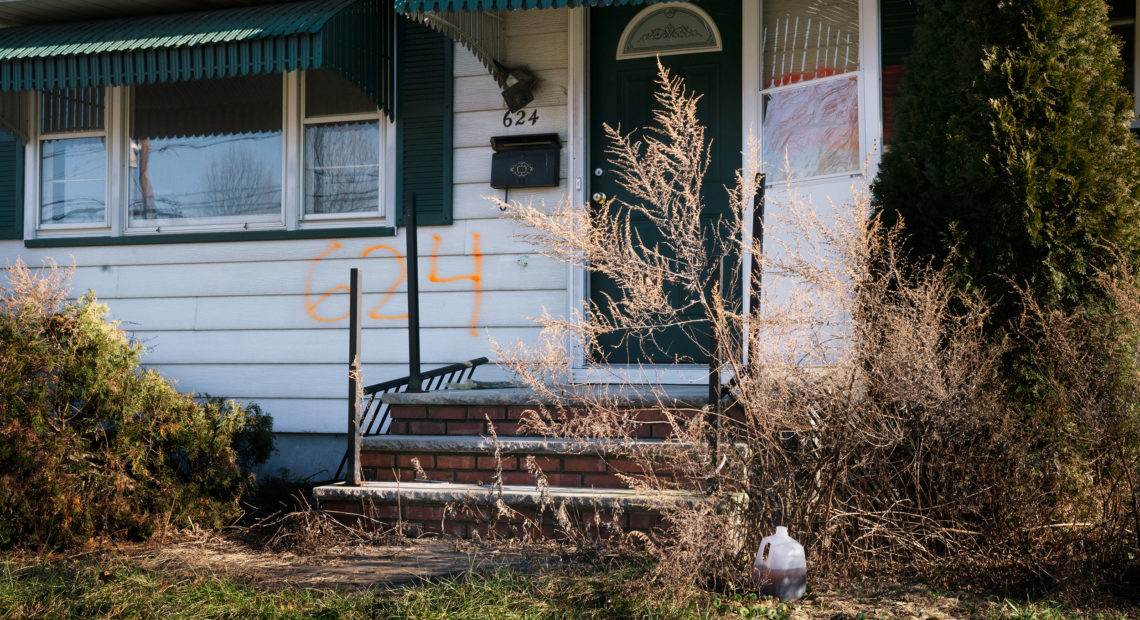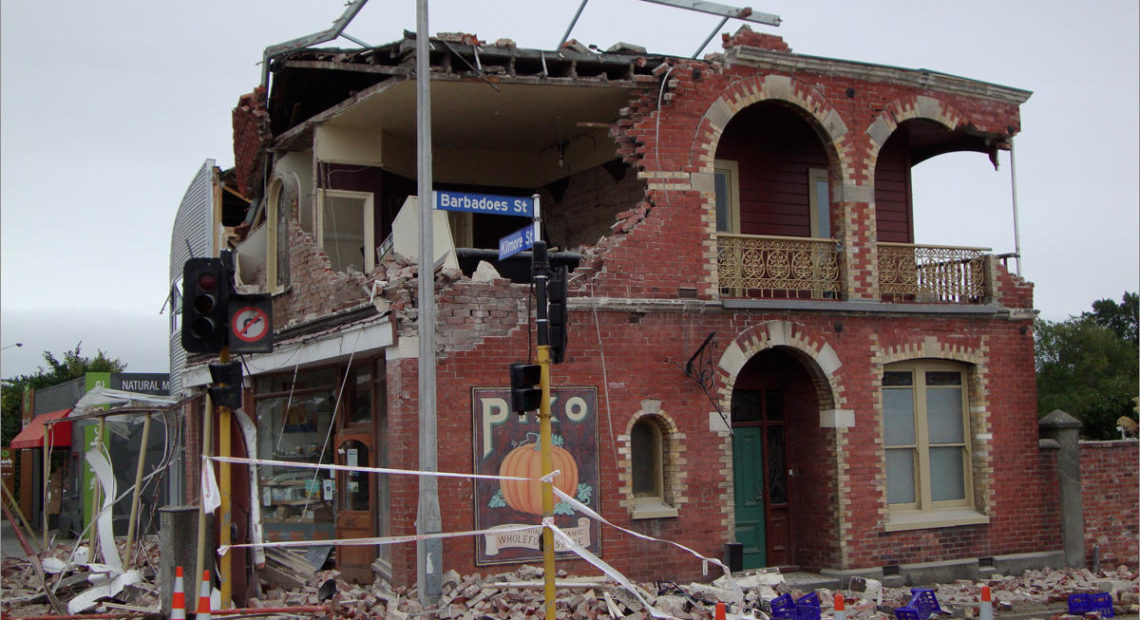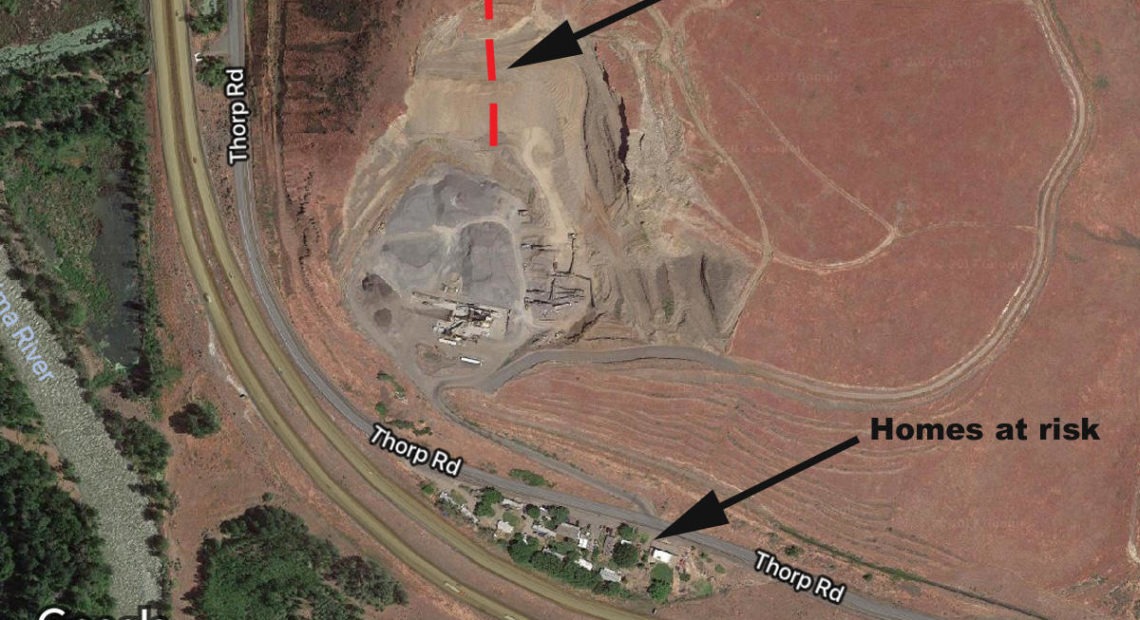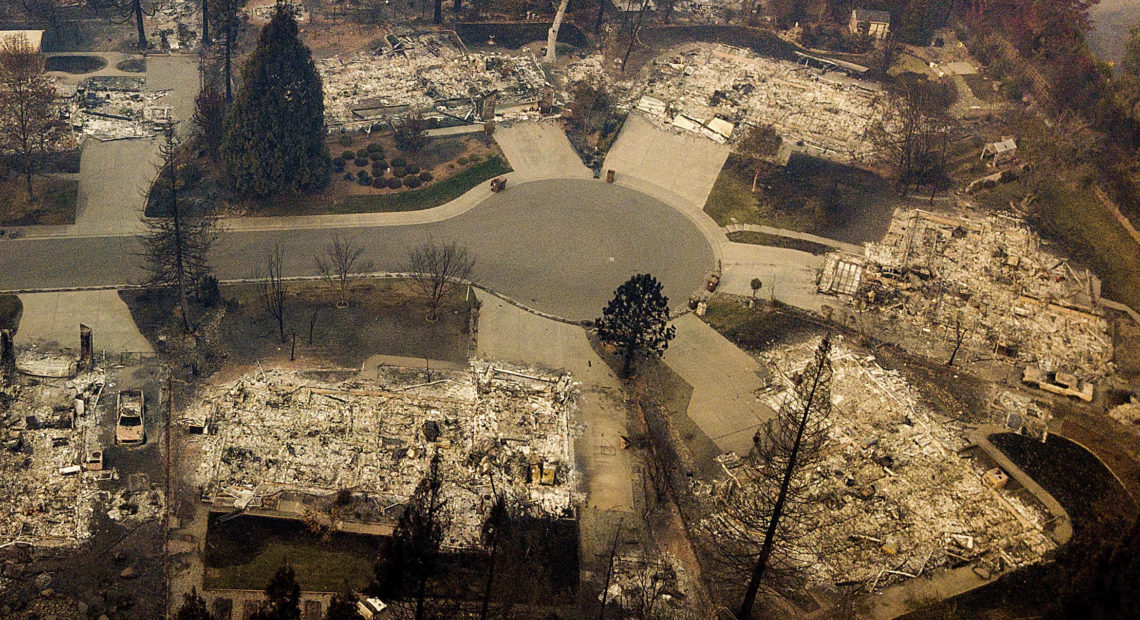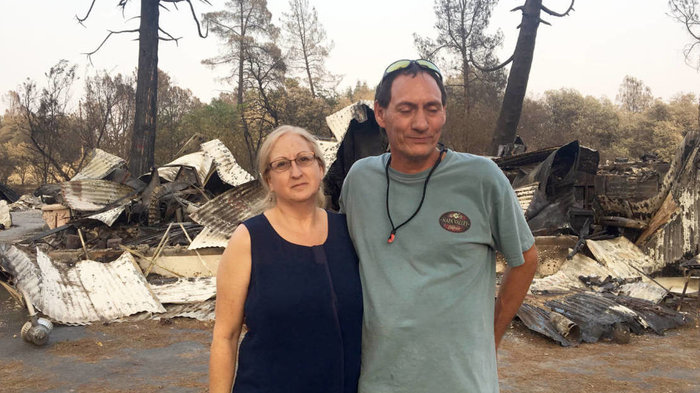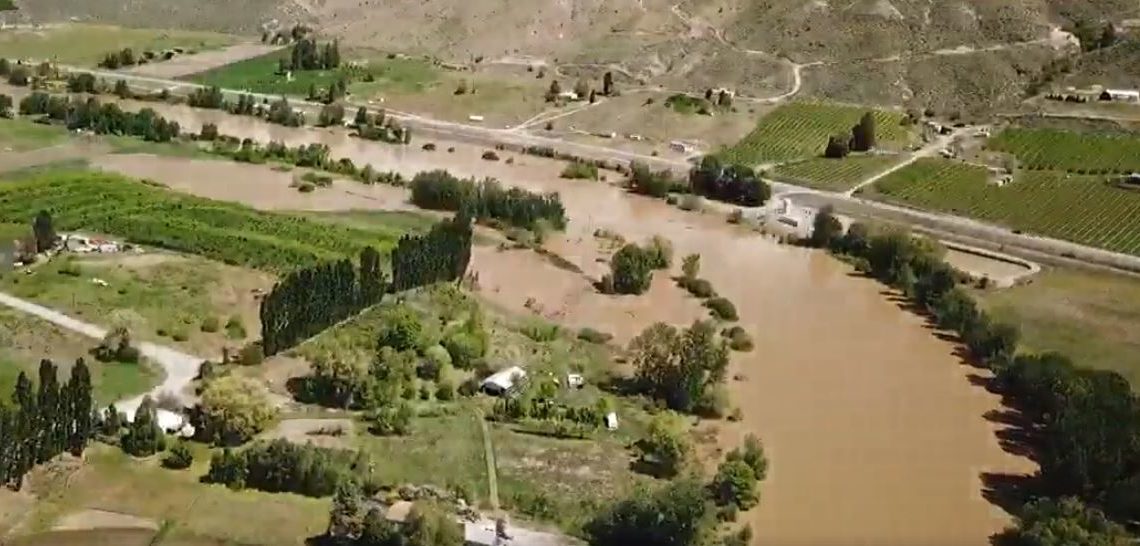Jason Vander Kooy said the potential for flooding weighs on his mind every November.
Vander Kooy is a dairy farmer — one of many in northwestern Washington. Two years ago, some farmers there dealt with flooding that killed livestock, damaged fields, and overtopped manure lagoons — meaning the basins that store cow waste filled with water and, like a bathtub too full, Read More
Homeowners in Whatcom County have been waiting nearly two years for relief from flooding that devastated communities in northwest Washington and parts of Canada — and now, they have to wait even longer.
Federal funding was supposed to come this week for 12 homeowners whose houses were destroyed during the November 2021 flooding. However, it’s been delayed, again. Read More
A huge dress rehearsal for regional earthquake disaster relief was supposed to happen next week until the ongoing pandemic forced its cancellation. The scrubbed Cascadia Rising exercise would have involved more than 22,000 participants – chiefly U.S. soldiers, sailors and airmen as well as state, local and tribal emergency planners. Some smaller drills are going ahead this Read More
Close to 200 federal, state and tribal emergency preparedness planners gathered around a giant map of the Pacific Northwest this week to rehearse and critique the federal response plan for "The Big One." The three-day Cascadia earthquake discussion exercise partially replaced a much bigger planned dress rehearsal that was canceled due to the coronavirus pandemic.Read More
Wildfires can leave land vulnerable to flooding and landslides. With the flooding recently, the Washington Department of Fish and Wildlife expedited the permitting process for projects to protect safety and health for homeowners.Read More
If you are on the Pacific Northwest Coast when the next Cascadia megaquake strikes — also known as "The Big One"— the standard advice is to run for higher ground as soon as the shaking stops. But in some low-lying places such as Ocean Shores and Long Beach, Washington, and Warrenton and Seaside, Oregon, the closest high ground could be a long walk away over buckled roads.Read More
The state of Oregon has set an ambitious goal to prepare more families in earthquake country to be "two weeks ready" after a disaster. Washington's emergency management agency is also seeking more funding to prepare people in a similar way. Read More
Smartphone users who opted in to a test of the West Coast earthquake early warning system got an early taste on Thursday of what is to come. Mobile phones from Seattle to Olympia blared with an alarm for imaginary incoming shaking. The earthquake warning system -- already operational in California -- will launch for the general public in Oregon on March 11 and statewide in Read More
Texas is seeing a surge in carbon monoxide poisonings this week, as plunging temperatures and persistent power outages send residents searching for warmth increasingly from dangerous sources.Read More
Heavy snowfall, ice storms and bitter temperatures continue to put an enormous strain on the state's power grid. This as the Electric Reliability Council of Texas (ERCOT), which manages roughly 75% of the Texas power grid, announced Wednesday morning that some 600,000 households had power restored overnight.Read More
Warmer winter weather, more rainfall and less snow will contribute to significantly increased flooding in the Columbia River Basin this century due to climate change, new research says.Read More
A powerful wind storm rolled through the Pacific Northwest Tuesday night through Wednesday afternoon, causing the deaths of at least two person and leaving a trail of damage -- including a highway shut down after a landslide and a tractor-trailer that was nearly blown off a bridge. More than 500,000 people lost power.Read More
Hurricane Laura rapidly intensified before it made landfall. Abnormally hot water in the Gulf of Mexico helped it gain power.Read More
At least 24 people died and dozens more were injured in the storms across the state earlier this week. On Friday, the president visited some of the hardest-hit areas with a message of hope.Read More
When you get lost in the woods or are hurt and can’t make your way back to your car, the search and rescue teams who come looking for you may have to hike in, repel down steep cliffs, or fly through the air in helicopters. Recently, drone technology is also helping.Read More
Unlike the Cascadia Subduction Zone, the faults in eastern Washington are in the upper crust, (the outermost layer of the earth). That means they’re closer to the surface and to communities. They may not produce as large of an earthquake as the subduction zone off the coast, but the earthquakes these inland faults can produce could significantly damage infrastructure in Read More
Communication is key in emergencies. That’s especially true when the people you’re working to protect don’t speak English. That’s why Washington emergency management offices are working on their language skills — whether for a fire, earthquake or any emergency.Read More
Oregon Gov. Kate Brown, who included the $12 million in funding for the projects in her proposed budget last year, has told reporters the decision not to expand the early detection systems was one of the "biggest disappointments" of this year's legislative session.Read More
How's this for emergency preparedness? An elementary school located in the tsunami inundation zone in Cannon Beach, Oregon, has equipped every student with a personal disaster survival kit.Read More
People visiting or living along the Pacific Northwest coast may be completely cut off after "The Big One" —the feared magnitude 9.0 Cascadia earthquake and tsunami. For that reason, the U.S. Navy has been scouting landing sites along the coast for disaster relief delivery by sea. The quake preparations ticked up a notch on Monday, with a practice delivery of supplies using Read More
The Arkansas River is rising well above its previous record, and it's forecast to stay that way for days. That's putting pressure on old levees and making it hard for some residents to evacuate.Read More
The record-breaking flooding is threatening communities and farmland along the upper Mississippi. Davenport, Iowa, is experiencing downtown flooding. The high water is continuing to move downriver. Read More
Last September, a magnitude 7.5 earthquake followed by a tsunami devastated a region of Indonesia, killing more than 4,300 people. Two Oregon State and University of Washington professors who surveyed the aftermath say the far-away disaster should elevate attention to quake-induced landslide risks here at home in the Pacific Northwest.Read More
A former Navy landing ship commissioned during World War II could come to the rescue when a big Cascadia earthquake hits someday. A group based in Astoria, Oregon, envisions a new role in disaster relief for the storied vessel Salvage Chief.Read More
A research project to model the effects from a Cascadia megaquake found higher risk of collapse for modern tall buildings than previously thought.Read More
The State of Washington has completed its first statewide inventory of buildings prone to crumble or collapse in an earthquake. The bottom line: There are an awful lot of unreinforced, old brick or stone buildings that could be dangerous — a similar number to estimates in Oregon.Read More
NPR analyzed records from a Federal Emergency Management Agency database of more than 40,000 buyouts and found that most went disproportionately to whiter communities.Read More
Thousands of old brick, stone and concrete buildings in the Pacific Northwest could crumble in the next strong earthquake. To face that challenge, measures pending in the Oregon and Washington legislatures would set up grant programs to help owners of dangerous buildings make seismic safety upgrades.Read More
At this time last year, authorities in Central Washington were on high alert because of the slow-moving Rattlesnake Ridge landslide near Yakima. A year later, what’s changed? The landslide isn’t quite over – yet. But it has slowed down significantly. Read More
Climate change is already causing more frequent and severe weather across the U.S., and the country is poised to suffer massive damage to infrastructure, ecosystems, health and the economy if global warming is allowed to continue, according to the most comprehensive federal climate report to date.Read More
It's a sad fact of life that K-12 students must practice for calamities such as earthquakes, fires, lockdowns or active shooters. Now a few public schools in the region are roping in parents and guardians to practice for the aftermath.Read More
Fires, like all natural disasters, disproportionately affect those who are low income. They often lack insurance and resources to rebuild or move elsewhere. The effects on families and communities can be long-lasting.Read More
Conditions in Okanogan and Ferry counties have moved to a major flood state, where Governor Jay Inslee has declared an emergency. The Okanogan River is expected to continue rising through the weekend and through the following week to a level not reached since the historic flood of 1972. Read More

